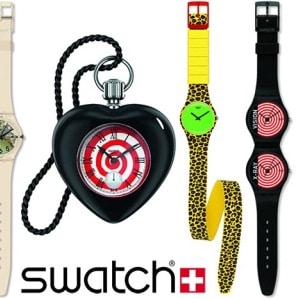 Brand position in its most general sense comes down to the simple questions: “What category are you in?” and, “How are you located and ranked in that category?” A category is the type of goods or services that the brand represents. Is it legal services or is it a designer dress? Is it transportation or some kind of software? These are examples of very general brand categories, in which your brand will be positioned.
Brand position in its most general sense comes down to the simple questions: “What category are you in?” and, “How are you located and ranked in that category?” A category is the type of goods or services that the brand represents. Is it legal services or is it a designer dress? Is it transportation or some kind of software? These are examples of very general brand categories, in which your brand will be positioned.
Within each category, however, you have numerous options for brand position, given your answers to the following questions:
1. How is your brand distinguished from others in that category?
Do you remember this? “It’s not a watch, it’s a Swatch. It’s not really for telling time, it’s a fashion piece. So everyone needs a different Swatch for every outfit.” And it worked. Consumers bought more than one Swatch to match their clothing to be stylish. Swatch could have positioned the brand as a watch; instead, it positioned the brand as a fashion accessory – and sold a lot more that way!
2. Are you at a high, medium, or low price?
We positioned Barefoot Wine at what is called the “velocity price point.” That’s the price at which most bottles of wine sell. The velocity price point of cameras, for example, is $200. Cars, $15,000. Computers, $2000. Some companies may position their brands by choosing a price point where there is little or no competition from other brands. Others choose a velocity price point.
3. What is the perception of your value?
Are you known for low price but high quality? That would be a high-value position. To achieve that is a result of branding, brand design, competition, and third-party endorsements. If your brand is written up positively in Consumer Reports, for example, your brand position will improve.
4. How is your brand marketed and placed?
Where you place your brand is going to send a message about its importance or convenience. Some brands position themselves to be in your face, to be a common or readily accessible brand. Then it becomes a staple. In a recent deal, the University at Buffalo signed an exclusive “pouring rights” contract with Pepsi for $200,000 per year limiting on-campus soft-drink sales to only Pepsi. Other companies may want to position their brand as exclusive or difficult to get, the opposite of accessible. This can add perceived value and cache to a brand. Every year, the hard-to-get toys at Christmastime receive a lot of press, which only creates more consumer frenzy. People are even willing to pay more for them.
5. Is it competitive?
Brand position is a result of more than pricing or quality. Maybe your brand is taking a different approach than its competitors. Or maybe its competitors are selling on price and you’re selling on quality. Maybe your product has a unique feature. Eagle Creek, for example, positions its brand as the lightest-weight luggage. That’s a feature that matters among air travelers who pay for the weight of their bags.
An extensive body of literature exists around brand position. Here I’ve given just a brief overview. In my experience, brand position is the way that the brand has aligned itself compared to its competition, and that can be viewed in many ways.
Of course, there’s much more that could be said on this subject. What’s been your experience? Michael Houlihan, co-founder of Barefoot Wine, the largest selling wine brand in the nation, invites you to join the discussion on Brand Position with your comments, thoughts, and opinions below.


